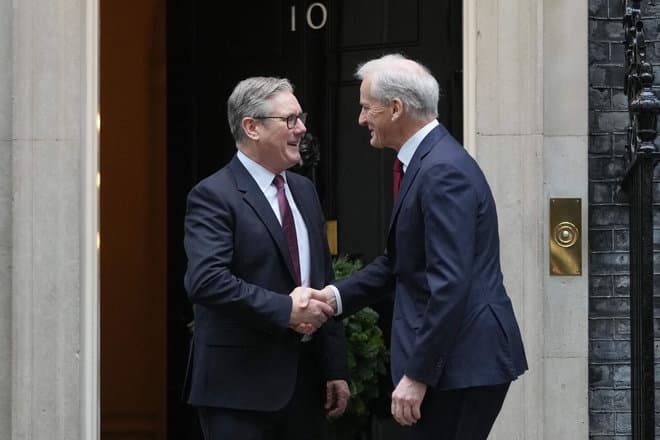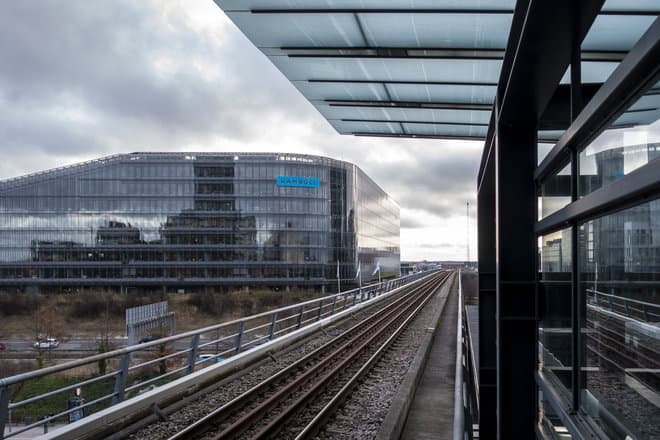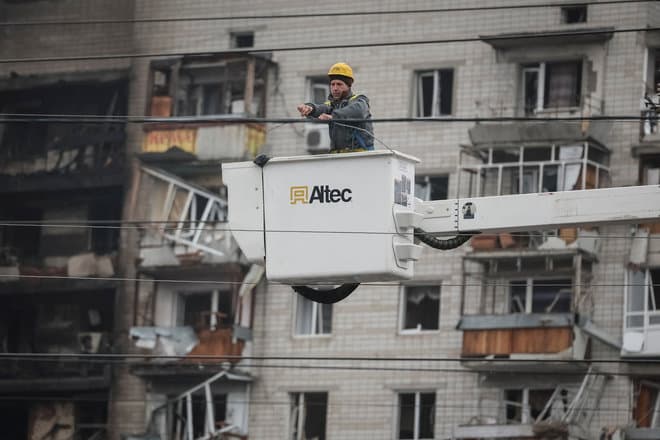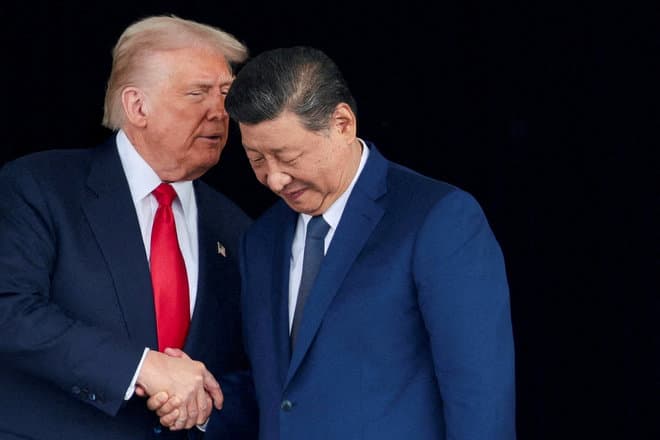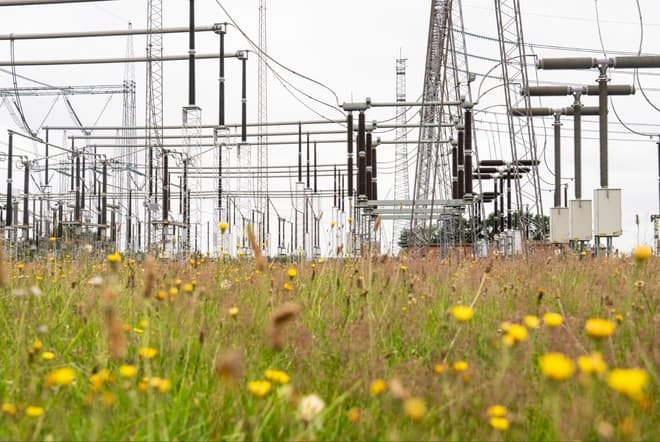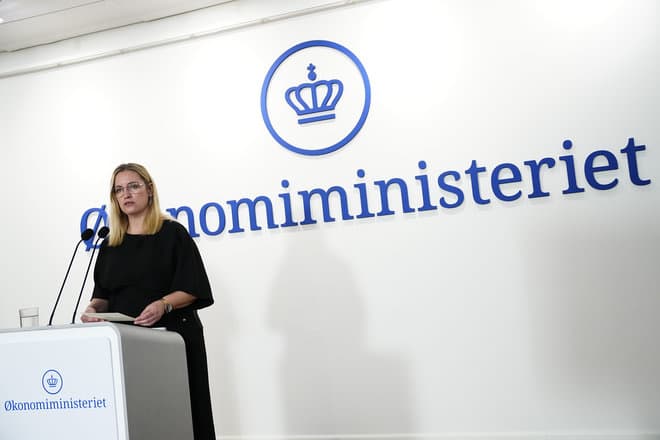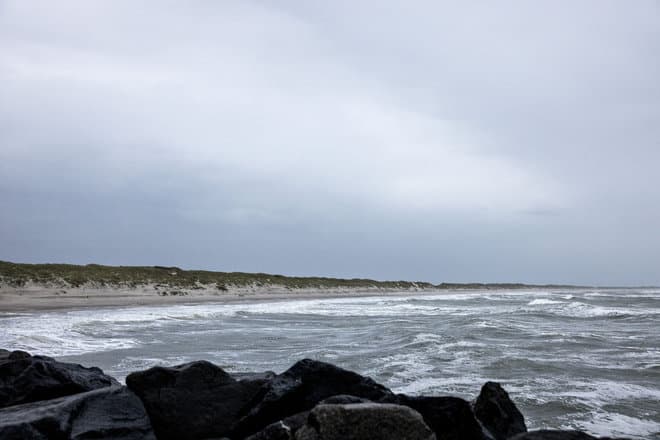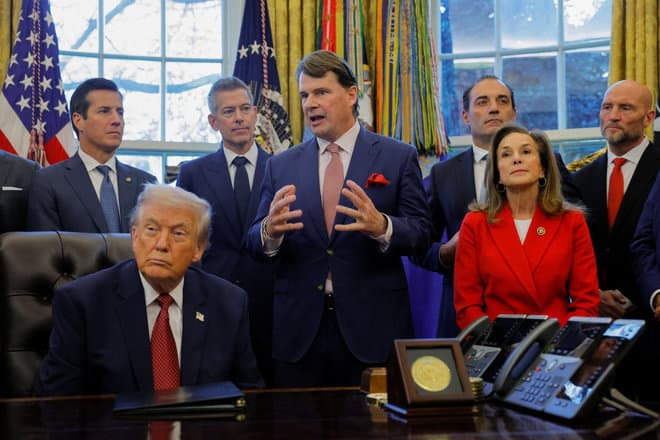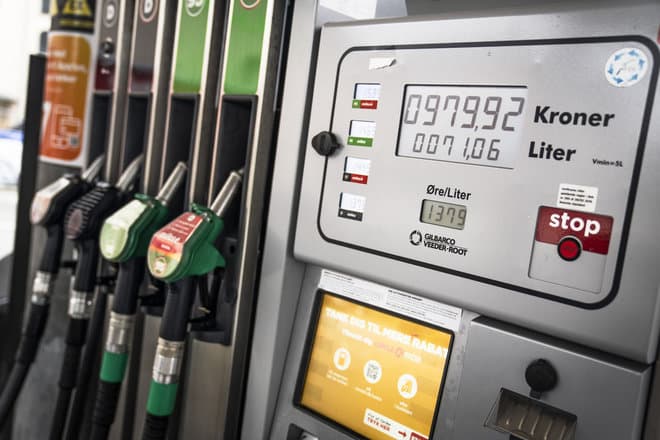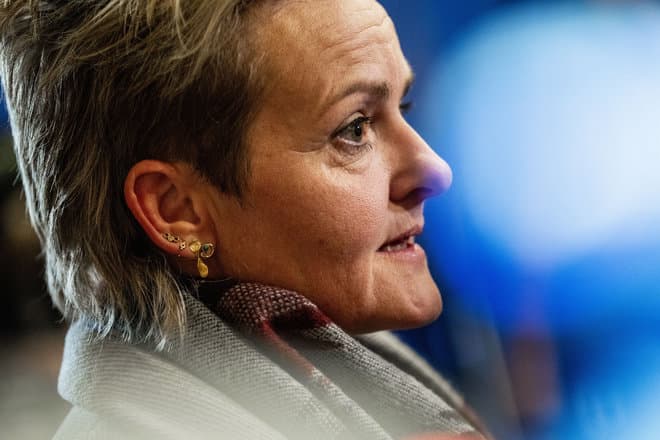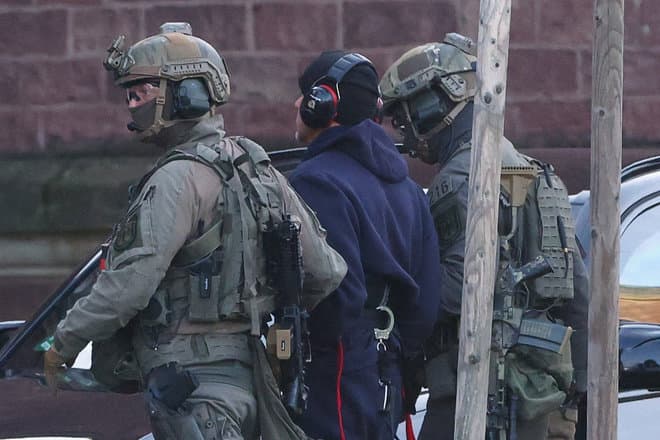If gas from Russia is cut off, the Danish authorities will draw up an emergency plan. The plan includes, among other things, a list of almost 50 large companies that are first in line to lose all or part of their gas supply if there is not enough gas for everyone. This is according to Deputy Director of the Danish Energy Agency Martin Hansen.
Since Russia invaded Ukraine, the Danish Energy Agency has been preparing for different scenarios for the gas supply to Denmark. Denmark imports around three-quarters of its gas from abroad. It comes via gas pipelines from Germany.
Denmark therefore does not get its gas directly from Russia, but through the European gas market that Russia supplies. Russia accounts for around a quarter of the gas on the European market.
- We are calculating different scenarios. We are also calculating scenarios where no gas comes across the Danish-German border. And we are also counting on scenarios where some gas comes across the Danish-German border, he says.
If suddenly there is not enough gas for everyone, the Danish Energy Agency has an emergency plan in place that indicates who will lose access to all the gas they want first.
Households and blue lights get it first
Initially, gas consumption is divided into three large blocks. There is what Martin Hansen calls "households and blue lights" in a headline. This group is prioritized at the top and thus gets all the gas they need. Martin Hansen calls it "extreme" and "unrealistic" to imagine a scenario where this group does not have access to all the gas that is needed.
Then there is a group of small and medium-sized enterprises and gas for district heating. Here, the emergency plan has chosen to give them "a certain priority" for gas, Martin Hansen says. The two groups are collectively called protected gas customers.
- Then we have 20-25 percent of gas consumption, which are so-called non-protected customers. There are almost 50 companies on a list. And they know full well that they are on that list. They can have their gas supply reduced or interrupted in a situation where there is a shortage of gas.
Among the non-protected gas customers, companies that are considered to be more socially critical, for example food production or similar, will be at the front of the queue for gas. Exactly which scenario Denmark faces depends on how large a proportion of gas supplies disappear and for how long.
Denmark also has emergency gas stocks that can be sent to the market and help with supply, but those stocks will only last so long.
Bright spots ahead
On the other hand, there are two fixed points in particular in the future that can come to the rescue of Danish gas customers, according to Martin Hansen.
- From October, a very large gas pipeline between Norway and Poland, which runs through Denmark, will be in operation, he says.
Ten billion cubic meters of Norwegian gas can flow here per year. Poland initially has a contract for eight billion cubic meters. This means that there is potentially around two billion cubic meters of gas per year for other interested parties. This corresponds to a considerable part of Danish gas consumption. And in mid-2023 it will be even better.
- The Tyra platform, this large gas field we have in the North Sea, will be up and running again in mid-2023. This will also strengthen Danish security of supply, says Martin Hansen.
Ritzau
Text, graphics, images, sound, and other content on this website are protected under copyright law. DK Medier reserves all rights to the content, including the right to exploit the content for the purpose of text and data mining, cf. Section 11b of the Copyright Act and Article 4 of the DSM Directive.
Customers with IP agreements/major customer agreements may only share Danish Offshore Industry articles internally for the purpose of handling specific cases. Sharing in connection with specific cases refers to journaling, archiving, or similar uses.
Customers with a personal subscription/login may not share Danish Offshore Industry articles with individuals who do not themselves have a personal subscription to Danish Offshore Industry.
Any deviation from the above requires written consent from DK Medier.




